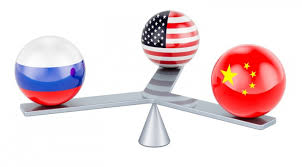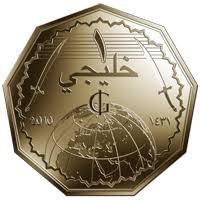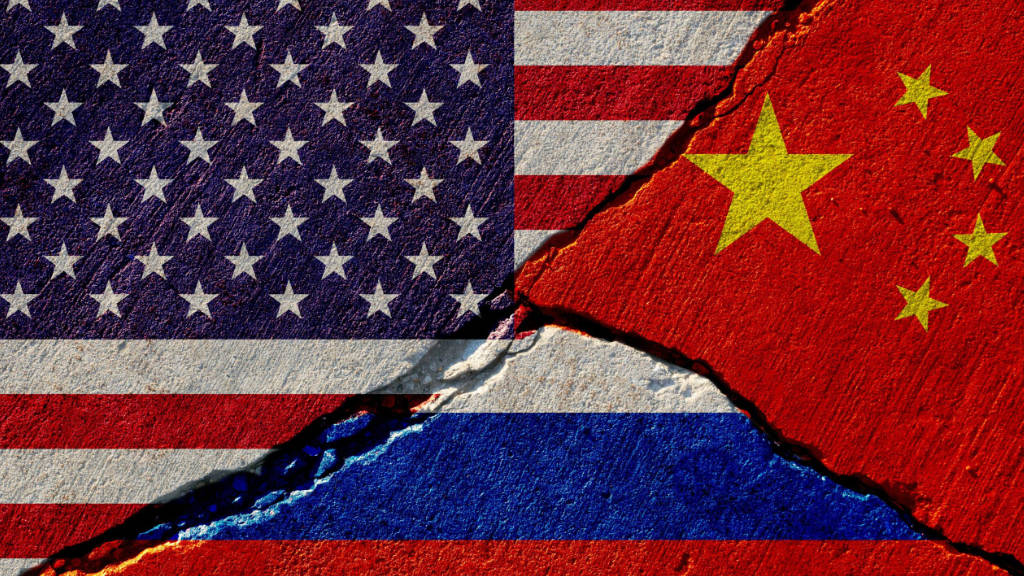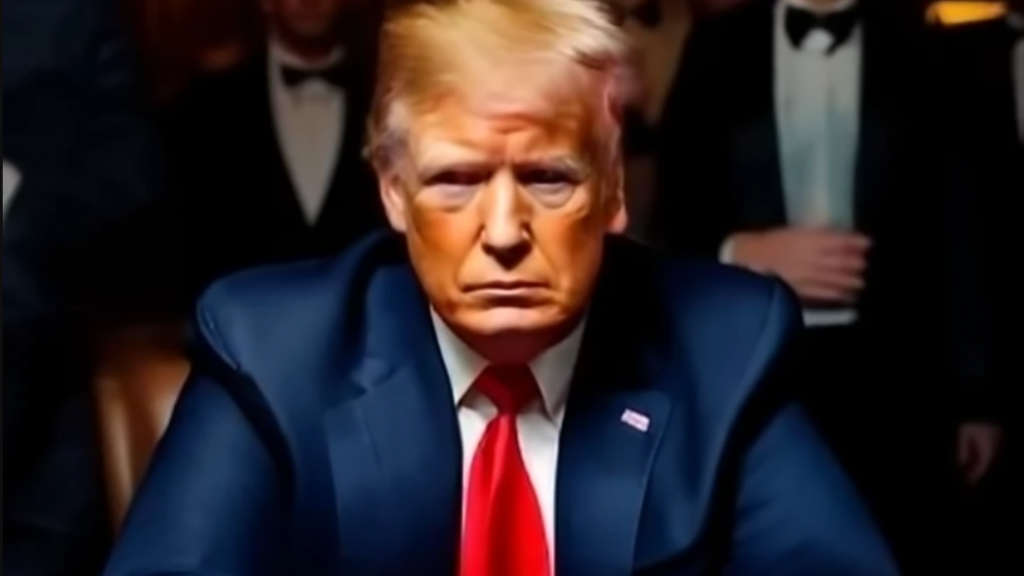Russia’s bilateral trade growth with China is being subjected to the commercial brakes being applied to it by the United States sanctions policy, a scenario both Moscow and Beijing detest, and vehemently protest, but at present are being forced into adhering to some restrictions.
The main problems come from sanctions, or the threat of them, being made against Chinese companies that cooperate with Russia. As things stand, it is difficult to expect any immediate breakthroughs in the procurement of Chinese products. It is not all bad news, as trade volumes are not declining – yet. But they are being forced into a position of more static, lesser development. We discuss what these problems are, and how this will ultimately change the way in which global trade is conducted.
Impact

The sanctions threats imposed by the United States are already affecting the Russia-China bilateral trade development. In the first seven months of this year, January-July, Russia-China trade exceeded US$136.6 billion, an annual increase of 1.6%, according to the Chinese General Customs Administration. Chinese imports of goods from Russia increased by 3.9% during this period to reach a value of US$75 billion. But it is the Russia procurement that is being hit hardest – exports from China to Russia decreased by 1.1% to US$61.64 billion.
While there is overall growth – 4.8% this year to date, that compares with increases of 26.3% in 2023 and 29.3% in 2022. Washington has managed to apply brakes on trade between two of the world’s largest economies.
The fact that the lessons learned by the US from this may later be carried over to a very specific trade and tariff war with China next year will also be spooking Beijing – and the international business community.
Strangulation Of Sovereign Trade Corridors

Russian businesses began to face difficulties in making international bank transfers with the participation of Chinese banks in August, although the issue has been long-standing. Chinese banks, fearing secondary sanctions, stopped making any payments in US dollars with counterparties from Russia, since these transactions are easily tracked by the United States. That was followed by transactions made in China’s RMB Yuan then also being restricted.
Under threat of sanctions, Chinese banks have significantly limited their operations with Russian businesses. An estimated 98% of Chinese credit institutions do not now accept direct transactions from Russia, including smaller Chinese regional banks.
There has been a shift towards making Russian payments to China for its products with the help of third party intermediaries from countries friendly to Russia, but problems have begun to arise here as well. The trading of what have been relatively low-level use of other currencies has meant that sudden increases in their popularity can create financial instability and inflationary problems for the countries concerned. For example, the Russia-China bilateral trade volume of US$260 billion per annum exceeds Kazakhstan’s entire annual GDP. Switching to the Kazakh Tenge as an intermediary currency would collapse the Kazakh economy. This means that the involvement of third party currency transactions has to be tightly managed with little room for the sort of trade volumes Russia and China are involved with. It is not a solution.
China’s main imports from Russia are in the energy sector, being oil, natural gas and coal. These too are now being affected, with the supply of Russian energy to China now declining. At the end of July, the average daily volume of Russian oil supplies to China decreased by 14% from June. China also reported a decrease in the supply of liquefied natural gas (LNG) from Russia to China. Imports of Russian LNG decreased by 6% year-on-year.
While some of this can be attributed to less summer demand, the decline has some analysts scrambling to properly assess what this means. If a finger is pointed at US sanctions, this gives China a new headache – its future energy security. But here there is a solution – the still being negotiated Power of Siberia 2 pipeline.
Evolving Trade Freedoms

The struggle between the United States on one side, and China and Russia on the other has not been globally unnoticed. In many countries it is increasingly perceived as American interference in global supplies chains and interference in sovereign trade. The right to trade with whomever one wants is enshrined in democratic values as a freedom of choice. Global mechanisms to counter illicit trade such as drugs and money-laundering, and the rules for global trade had all been established within the United Nations and the World Trade Organisation, both entities the United States had promoted as a “rules-based order”.
But what is now happening is that these international bodies are being bypassed by Washington, and its political choices, as the de facto judge and jury. The curtain of democracy and international free trade has been swept aside to reveal the face of Washington as the sole, autocratic arbitrator. But this ability for the United States to interfere with sovereign trade corridors half a world away is now increasingly seen as problematic. It has many countries appalled, which is why both Moscow and Beijing are gaining traction with their calls for a ‘multipolar’ world order to eventually replace the structure the United States has built, under the slogans ‘united’ and ‘international’ in order to protect its own interests.
Silver Linings

This struggle will continue for several years. However, what it will do is start to introduce alternative, technical mechanisms to circumnavigate the financial trade structures the United States has put in place. In short, while the US may have initial success in disrupting other countries global trade, it will ultimately come at the expense of that same control. Future developments will decrease, not increase American influence over international trade and finance.
Dmitry Peskov, the press secretary of the Russian president, alluded to this last week, when he said of Russia’s trade with China that “We have more than a solid volume of trade and economic relations. With such volumes, of course, and with such an unfriendly environment, it is impossible not to have some problematic issues. But the truly partnering spirit of our bilateral relations allows us to discuss and solve current problems in a very constructive way.”
Russian Deputy Prime Minister Dmitry Chernyshenko has also stated that Russia intends, together with China, to create the necessary conditions to meet their business and trade interests, and to use the intellect and energy of their entrepreneurs to open new trade channels. He said that the competent government, research and IT institutions of both countries are working to eliminate sanctions created bottlenecks in financial calculations, logistics and infrastructure, and create new infrastructures.
How these manifest themselves remains to be seen, although there are plenty of options. There may even have to be a couple of ‘backwards steps’ in trade to be taken before technical advances can solve the problems. One of these, currently gathering favour, is the re-introduction of bilateral barter trade. This is more applicable to the agricultural sector, where farmers and traders are used to dealing with spot prices and even futures contracts to preserve food security balances. The stability and need to maintain these trade flows makes agricultural barter a distinct possibility. It is also a growth trade sector.
New Currencies

However, the vast bulk of trade between the two countries is in the energy arena, which is rather more complex to handle that barter agreements would allow. Yet an interesting development has occurred. Saudi Arabia, which has priced its oil in US dollars for the past 50 years, is diversifying away from exclusive US values and will begin pricing its oil in other currencies as well. The Russian Foreign Minister is in Riyadh this week meeting with the Gulf Cooperation Council (GCC) – in possession of 30% of all global oil reserves – repricing mechanisms are sure to be discussed.
That goes hand in hand with new currency creation. In fact, the GCC have been discussing the creation of a tradable currency since 2014. The name Khaleeji has been proposed as a name for this currency. If realized, the GCC monetary union would be the second-largest supranational monetary union in the world, measured by the GDP of its common-currency area.
These concepts also fit in with the development of the BRICS group, which has also been looking at the development of a digital BRICS currency. Should Saudi Arabia ratify its BRICS membership, it is possible that a combination of the Khaleeji and BRICS capabilities could be merged. It should be noticed in this regard that five of the six GCC members are also part of the Shanghai Cooperation Organisation (SCO) framework, which also has its own alternative currency development platforms.
New Payment Mechanisms

While the currency issue may soon be resolved – Russia and China have been conducting physical trials of their respective digital currencies – the main issue is the implementation of the financial architecture to support it. Both Russia and China have their respective payment systems – SPFS and CIPS – and these can cooperate together. However, the United States has again threatened to sanction any Chinese bank that connects to SPFS.
Vitaly Mankevich, the Chairman of the Russian-Asian Union of Industrialists and Entrepreneurs (RASP) sees the solution to payment problems in creating a secure and diversified payment system. What this means is possibly the creation of a multilateral network among countries opposed to US sanctions behaviour and with the collective strength to warn Washington off the imposition of sanctions for using it.
That effectively means the creation of an international bloc – which is exactly what BRICS is. This also means that getting Saudi Arabia on board with the group becomes a fairly urgent matter. With countries such as Turkiye – and many other significant economies also expressing interest – the development of a ‘new consortium’ in standing up to the United States is in the process of being built. The nature of understanding this is all in the timing. For now, Washington has managed to put the brakes on China-Russia trade. But eventually, technical progress and changing geopolitics will usher in a different world order. Then it will be Washington’s decision how to diplomatically engage with that, as opposed to fighting what is an increasingly complicated yet developing scenario.
Further Reading

China Suppliers Sending Russian Market Goods Via Third Party Countries





